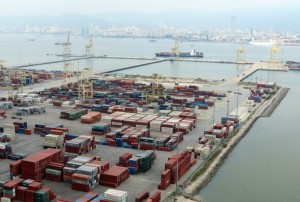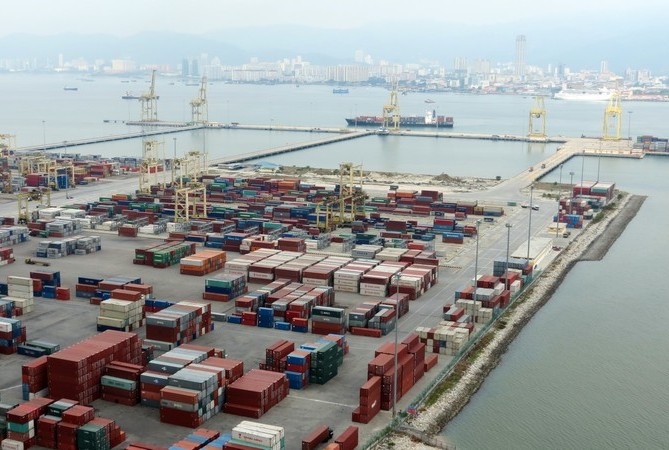 Malaysia’s Penang Port is positioning itself as a strategic gateway for trade between Asia and the Middle East, as its new private owner works to return the port to profitability.
Malaysia’s Penang Port is positioning itself as a strategic gateway for trade between Asia and the Middle East, as its new private owner works to return the port to profitability.
According to reports, the port intends to ask more shipping lines from the Middle East and the Indian sub-continent to call at the port, which is a tourism and electronics manufacturing hub, and the main harbor of the northwestern Malaysian island of Penang.
Under a privatization plan, the loss-making port was sold by the government last year to Seaport Terminal Sdn Bhd, which immediately implemented a turnaround scheme. Since then and after optimizing its assets and inking new shipping contracts, Seaport reported recently it has raised port productivity by 30%.
The company said the growth was due to an increase in output from an average of 18 crane moves per hour in early 2014 to the current average of 27 moves per hour. “Turnaround time for vessels at our port is now much faster,” it said.
The company said it expects a return to black by the end of this year.
The port has an annual handling rate of a little over 1 million twenty-foot equivalent units (TEUs), but has the capacity to process 2 million TEUs. To increase port throughput, the company is enticing more carriers to call, especially those on the Far East- Arabian Gulf routes.
Among those planning to include the port in their rotation are Taiwan’s Yang Ming Marine and China’s Cosco. Both are reinstating this month their direct calls to Penang on their long cargo trips to the Middle East and back.
France’s CMA CGM and India’s OEL Shipping already added a second weekly call on their Chittagong service, while Thailand’s Regional Container Lines and Japan’s Mitsui O.S.K. Lines introduced a joint Southeast Asia service in March.
Singapore’s Pacific International Lines and Thailand Straits Chennai Container Service Network began operations in December 2014 and January 2015, respectively.





